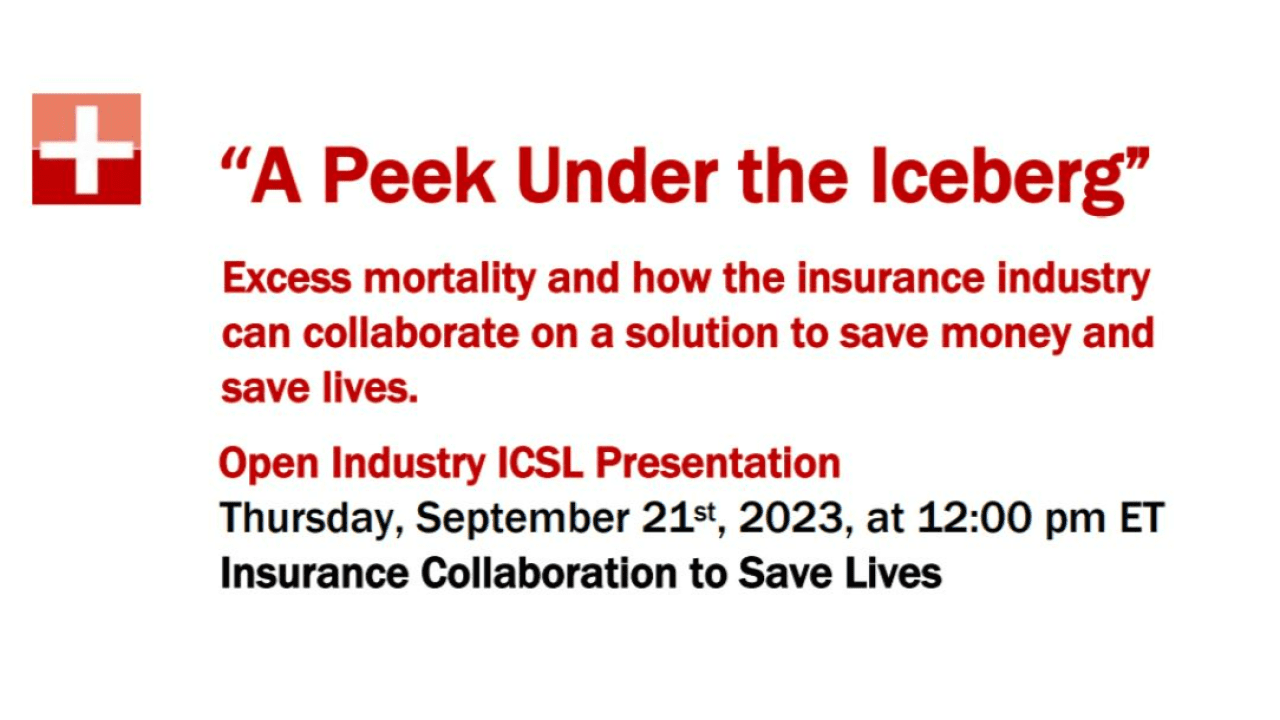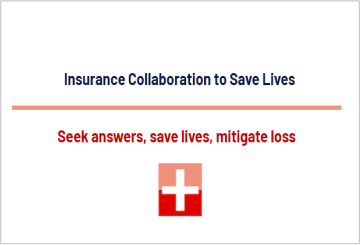Category: Healthcare
Hidden Opportunities, A Strategic Compliance Series

Hidden Opportunities Overview
In this webinar series we explore ways organizations can go beyond basic compliance and improve their “organizational soil” through a strategic response to the No Surprises Act and the Transparency in Coverage regulations. Our goal is to help organizations create a competitive advantage. Does it make sense to expend limited resources to merely comply with the law and regulations, or is there a way to strategically “design the compliance away” while differentiating the employee value proposition?
For example, a knowledgeable horticulturist may use the high temperatures of the summer season, which are a normal part of the environment just as law and regulation are a normal part of the business environment, to solarize the soil. This is a low cost and simple process of spreading a plastic sheet over an area of soil to trap and intensify the sun’s energy. It is a process that works well to destroy weed seeds and pathogens. Similarly, a knowledgeable Humaculturist® can employ techniques to leverage laws and regulations to strategically improve the organization. This webinar series seeks to identify some of these techniques.
The topics from the series include:
| Hidden Opportunities: No Surprises Act |
| Surpassing Mere Compliance – Including Reference Based Pricing |
| Preserving the Harvest…Leveraging HSAs |
| Hidden Opportunities: Transparency |
| A “Dope” Response to Pharmacy Transparency |
| Mental Health Parity…A Lucid Approach |
| Pest Management, Minimizing Plan Losses through Fee Disclosure |
Available Support
We are available to support you in your strategy, design, compliance, financial, and monitoring needs. Our team includes experts in organization design, actuarial science, clinical, and legal can guide the process to achieve optimal behavior. Please contact us.
Trends in Diabetes and Excess Mortality – CEO Interview
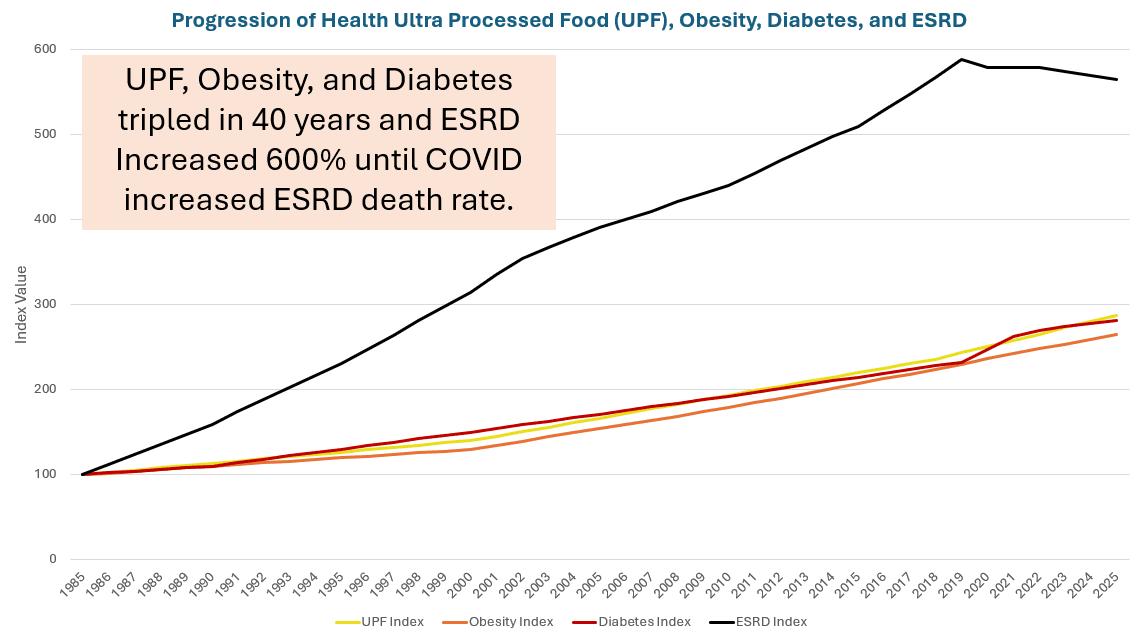
Read about Humaculture’s CEO’s, Steve Cyboran, ASA, MAAA, FCA, CEBS, interview with Life Annuity Specialist featured in Diabetes is Killing More Americans Than Ever Before. Steve explains the trends in diabetes over the last 40 years. The rate of diabetes almost quadrupled from around 3% in the 1980s to 11.3% in 2023. Deteriorating health is a contributing factor to the trends in diabetes, which leads to elevated health costs, disability rates, and mortality.
The good news is that there is quite a bit insurance carriers and employers can do to stem the tide and help People become healthier to the benefit of the insured and the Organization’s bottom line. Contact us to discuss how.
Available Support
We are available to support you in your strategy, design, compliance, financial, and monitoring needs. Our team includes business and human relations leaders, finance experts, actuaries, clinicians, behavioral health experts, pharmacy experts, and legal resources to guide you through the strategy and compliance process. Please contact us: [email protected].
Insurance Collaboration to Save Lives (ICSL): Upcoming Actuarial Presentations

Watch our CEO, Steve Cyboran, present at the following events.
Description: Excess Mortality – A Peek Under the Iceberg
Everyone is attentively watching the current excess mortality and morbidity crisis unfolding. We think it’s just the tip of the iceberg. Join our cross-industry team as we share a proprietary analysis of U.S. and global public health data digging into the underlying problems. Discover the iceberg of health problems underlying the elevated death and disability we see playing out in the bottom line. Can anything be done to slow this train? Risk mitigation strategies for insurers will be explored, with an invitation for participants to exchange ideas within the group. This will be a combination of presentation, panel, and Q&A discussion with multiple presenters including actuaries and other industry experts.
By the end of these sessions, attendees will understand:
- An up-to-date perspective on the current excess mortality and morbidity crisis
- Insight into the myriad of underlying health conditions
- Innovative ideas to improve financial results
Country Relevance: Non-Nation Specific
Experience Level: All levels
Presenters
- Steve Cyboran, ASA, MAAA, FCA, CEBS, CEO, Consulting Actuary, Humaculture, Inc.
- Josh Stirling, Founder of Insurance Collaboration to Save Lives, Insurtech Advisor, Board Director and Former #1 Ranked Insurance Analyst
- Valerie Chezem, ASA, MAAA, Assistant Actuary, Everence®
- Mary Pat Campbell, FSA, MAAA, Vice President, Insurance Research, Conning
- Teresa Winer, FSA, MAAA, Actuary, Office of Insurance and Fire Safety Commissioner, Georgia
August 23 11-12:15 EDT: SOA Life Meeting
- Venue: New Orleans Marriott, 555 Canal St New Orleans, LA 70130-2349
- Conference Page: https://www.soa.org/prof-dev/events/2023-life-meeting/
- Agenda: https://www.soa.org/prof-dev/events/2023-life-meeting/#tab-agenda-selected
September 11 10:30-11:30 EDT: Society of Insurance Research
- Venue: The Westin Cincinnati, Cincinnati, OH
- Conference Page: https://www.sirnet.org/ConferencePage
- Agenda: https://www.sirnet.org/Agenda
September 14 2-3 EDT: SOA Life Meeting Virtual Event
- Location: Online
- Conference Page: https://www.soa.org/prof-dev/events/2023-virtual-life-meeting/#overview-selected
- Agenda: https://www.soa.org/prof-dev/events/2023-virtual-life-meeting/#tab-agenda-selected
October 25 10-11 AM EDT: 2023 SOA ImpACT Conference
- Venue: Indiana Convention Center, 100 S Capitol Ave Indianapolis, IN 46225
- Conference Page: https://www.soa.org/prof-dev/events/2023-annual-meeting-exhibit/
- Agenda: https://www.soa.org/prof-dev/events/2023-annual-meeting-exhibit/#tab-agenda-selected
November 7 12:30-1:30 PM EST: 2023 SOA ImpACT Conference Virtual
- Venue: Online
- Conference Page: https://www.soa.org/prof-dev/events/2023-virtual-impact-conference/
- Agenda: https://www.soa.org/prof-dev/events/2023-virtual-impact-conference/#tab-agenda-selected
Available Support
We are available to support you in your strategy, design, compliance, financial, and monitoring needs. Our team includes business and human relations leaders, finance experts, actuaries, clinicians, behavioral health experts, pharmacy experts, and legal resources to guide you through the strategy and compliance process. Please contact us: [email protected].
Houston Business Coalition on Health Conference Presents The Value of Alternative Medical Facility Healthcare
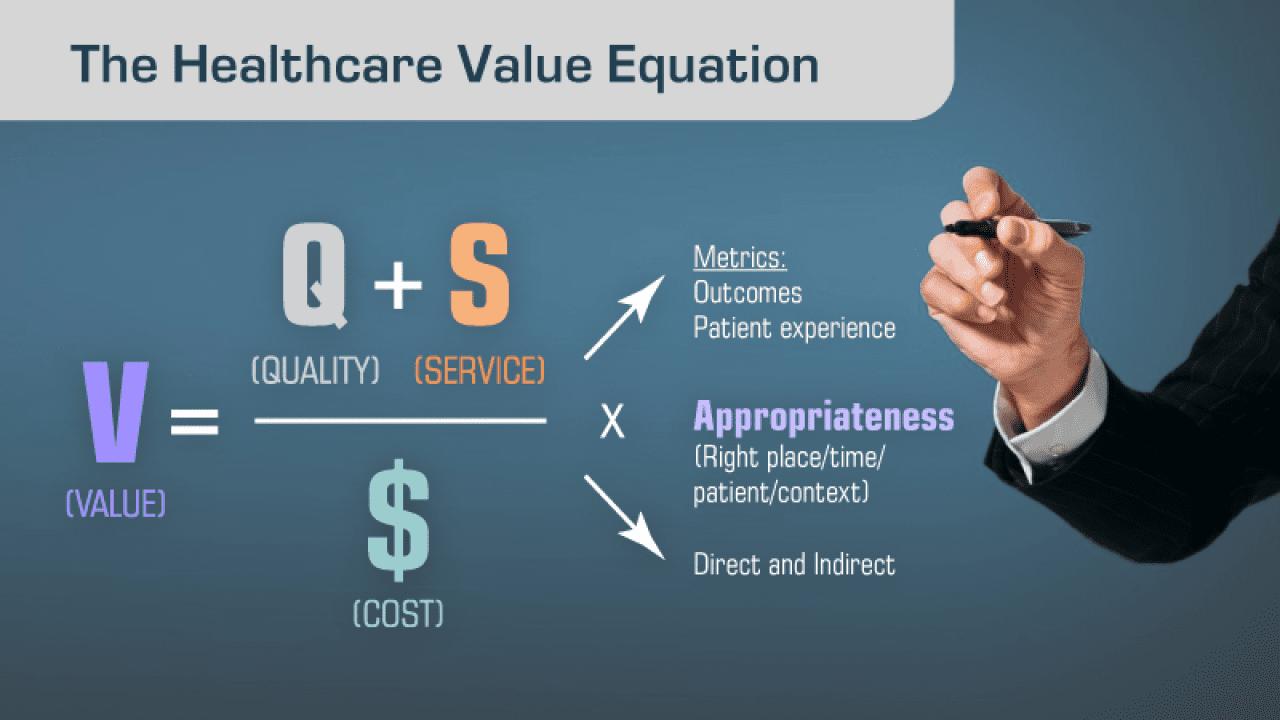

Join the Houston Business Coalition on Health (HBCH) for its annual meeting where HBCH will be outlining the value of alternative medical facility healthcare. Our CEO, Steve Cyboran, ASA, MAAA, FCA, CEBS will be facilitating a session during the meeting.
Panel topics include:
- Independent Primary Care Clinics
- Onsite / Near Site Clinics
- Retail Clinics
- Ambulatory Surgical Centers
- Free Standing Imaging Centers
- Free Standing Specialty Infusion Centers
- Community Oncology Clinics
- Home Health Care
- Digital / Telemedicine
Event Info
Breakfast and Lunch: Included
Time: August 24, 2023 7:00 AM – 7:00 PM (CDT)
Location: 6500 Main St, Houston, TX, 77030, United States (Rice University – Bioscience Research Collaborative Building)
HBCH Employer Member: $50
Employer Non-Member: $75
HBCH Associate Member: $100
Associate Non-Member: $350
Event Link: https://coalition.houstonbch.org/ap/Events/Register/MrD6wGoP
LinkedIn: https://www.linkedin.com/company/houston-business-coalition-on-health/
Houston Business Coalition on Health Presents Houston Smart Network



Join the Houston Business Coalition on Health for this employer-only event (consultants may come with their client) where HBCH will be outlining the concept, timeline, and benefits for participating in the Houston Smart Network. Our CEO, Steve Cyboran, ASA, MAAA, FCA, CEBS will presenting during the meeting.
Lunch will be served!
HBCH is on the cusp of developing a Houston-based alternative to your regular health plan that provides more for less. HBCH will highlight Smart Network benefits, including better health outcomes, less cost for you and your employees, and an integrated, simple employee experience.
This interactive discussion will include:
- The urgent need for a Smart Network in Houston
- Overview of the Smart Network – a different but proven type of benefits option
- Smart Network Design Elements
- Actuarial Analysis of the Smart Network
- Local and National Provider Assessments
- How to Get Started
Presenters
- Steve Cyboran, ASA, MAAA, FCA, CEBS, CEO, Consulting Actuary, Chief Behavioral Officer, Humaculture, Inc.
- Chris Skisak, PhD, Executive Director, HBCH
- Dan Burke, VP Corporate Benefits, Turner Industries Group, LLC
- Sue Prochazka, Benefits Consultant, HBCH
- Josh Berlin, CEO, rule of three
- Ken Janda, CEO, Wild Blue Health Solutions
- Daniel Crowe, MD, Wild Blue Health Solutions
- Juliet Breeze, MD, CEO, Next Level Medical
- Cheryl DeMars, President & CEO, The Alliance
Objective
Explain the benefits of the Houston Smart Network, understand employer interests, including willingness to support financially, and learn about new Texas legislation that will be gamechanger for employers. Interested employers can contribute to the development of the Houston Smart Network, and each dollar may be matched by two major philanthropic organizations.
Event Info
Fee: Free!
Lunch: Included
Time: Tuesday, June 6, 2023 12:00 PM – 4:00 PM (CDT)
Location: 50 Waugh Drive, Houston, 77007 (United Way of Greater Houston)
Event Link: https://houstonbch.org/smart-network-overview/
Watch CEO’s Presentation on Strategies to Reduce Total Cost of Care
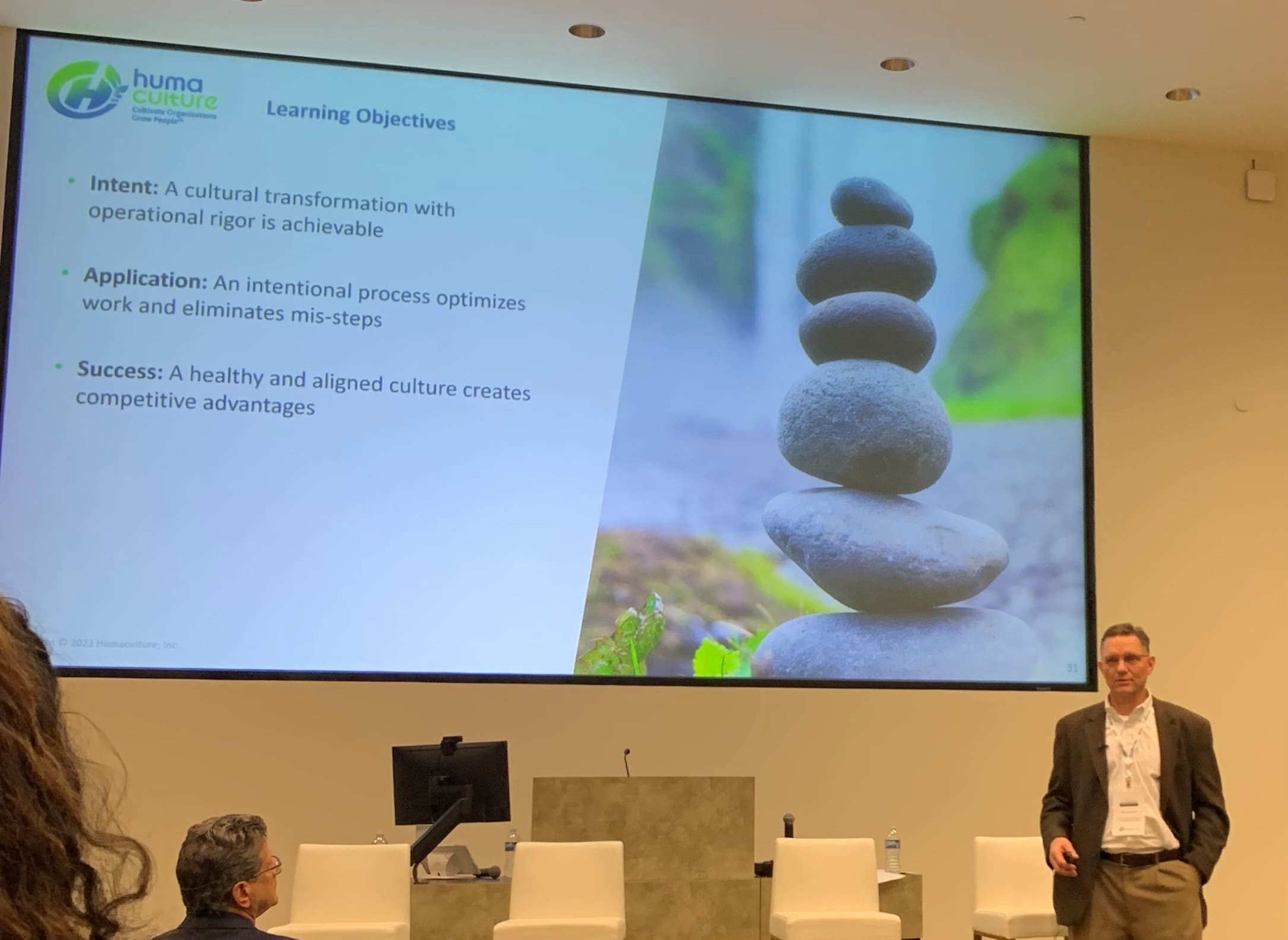

Watch a replay of our CEO, Steve Cyboran, ASA, MAAA, FCA, CEBS, present at the Houston Business Coalition on Health on How to Reduce Total Cost of Care Through Organizational Culture. Joining him as a presenter is Ray Fabius, MD, Co-Founder and President of HealthNEXT.
Available Support
We are available to support you in your strategy, design, compliance, financial, and monitoring needs. Our team includes business and human relations leaders, finance experts, actuaries, clinicians, behavioral health experts, pharmacy experts, and legal resources to guide you through the strategy and compliance process. Please contact us: [email protected].
Strategies to Reduce Total Cost of Care, in Search of the Holy Grail
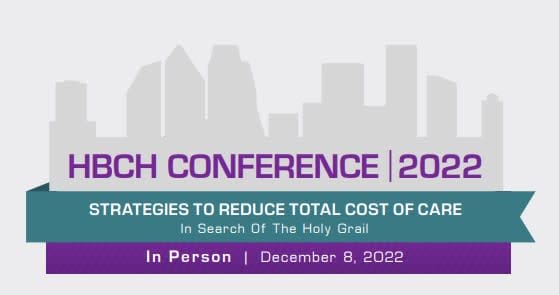

Come see our presentation at the Houston Business Coalition on Health (HBCH) conference on Thursday, December 8 for Strategies to Reduce Total Cost of Care, in Search of the Holy Grail.
See Our CEO Present at HBCH
Presenter: Steve Cyboran, ASA, MAAA, FCA, CEBS, Humaculture, Inc. CEO presents with Ray Fabius, MD, Co-Founder and President of HealthNEXT
Fee: Free for employers not in health services (use link below)
Time: Thu, Dec 8, 2022, 1:00 PM – 1:50 PM CST
Topic: TCoC Reduction Through Organizational Culture
Location: 6100 Main St, 77005 (Rice University Bioscience Research Collaborative)

